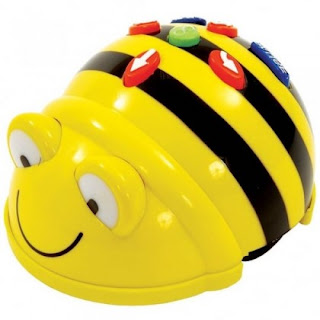Loose Parts

Loose parts create such rich learning opportunities and engaging learning environments for children. They have the capacity to provoke thinking, stir creativity and arouse curiosity. Playing with loose parts, children use so many Approaches to Learning - communicating in different ways, socialising, thinking critically and creatively, researching as they observe and find things out for themselves and developing self-management skills such as organisation. In The Art of Awareness, Curtis and Carter write, "Open-ended materials offered in abundance...are the perfect tools for children to use in exercising their abilities to think flexibly, imagine many possibilities, generate hypotheses and solve problems. They are simple materials, yet they invite children to use them in complex ways. (Olivia and Jake) remind us to observe the details of children's intellectual pursuits and remain open to seeing the value of their ideas. If we observe closely, many rich learning experiences


